When Did Humans Start Talking? Genomic Evidence Pushes Language Back to 135,000 Years Ago
Anthropology.net
MARCH 14, 2025
Traditionally, scholars have debated linguistic origins based on indirect clues—symbolic artifacts, brain size, or the complexity of tool-making. Yet, despite its central role in human evolution, determining when and how language first emerged remains a challenge. 1 Miyagawa, S., DeSalle, R., Nóbrega, V. Nitschke, R.,



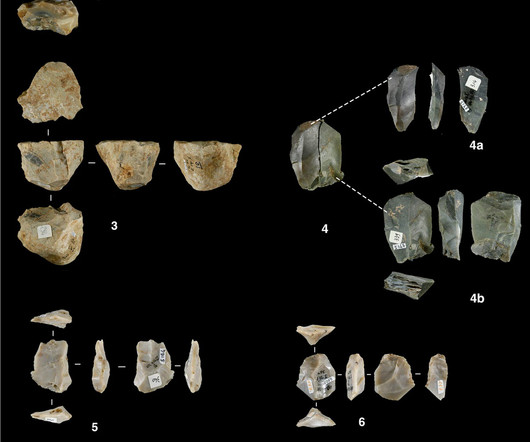
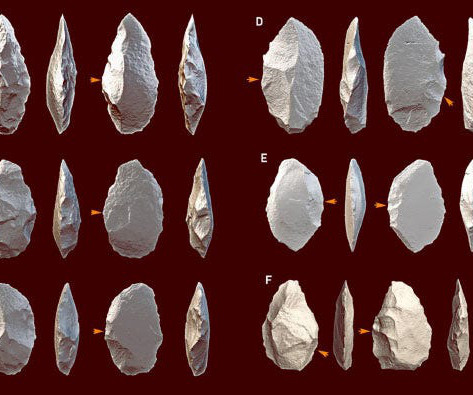

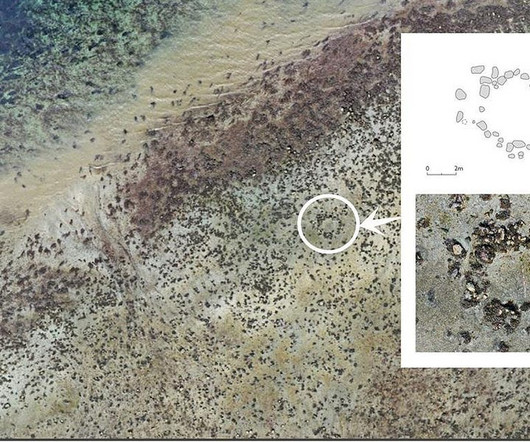

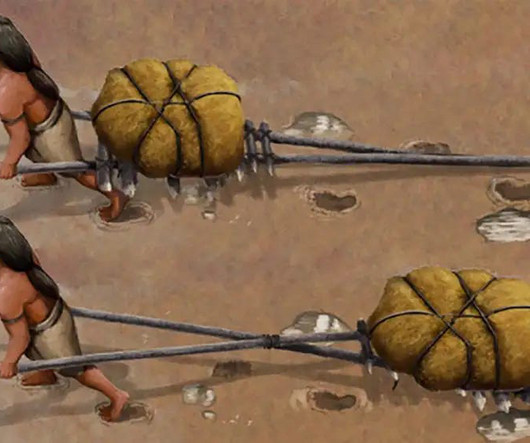

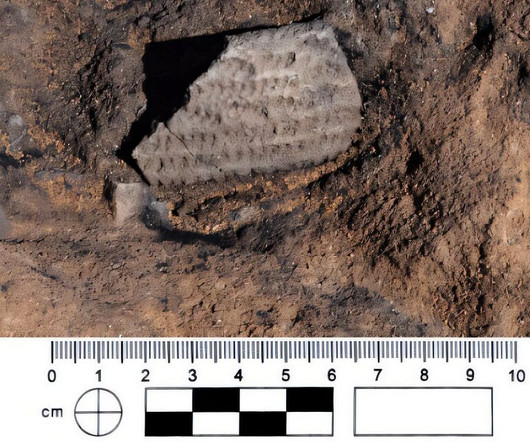

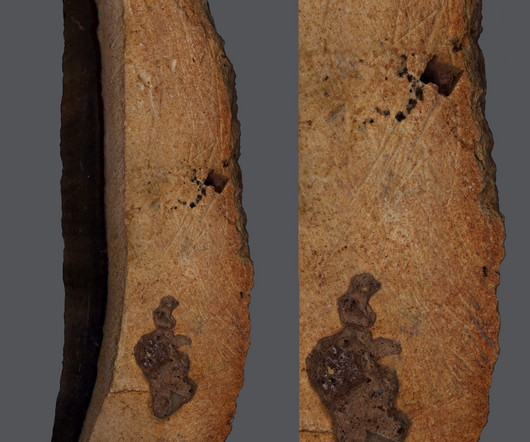

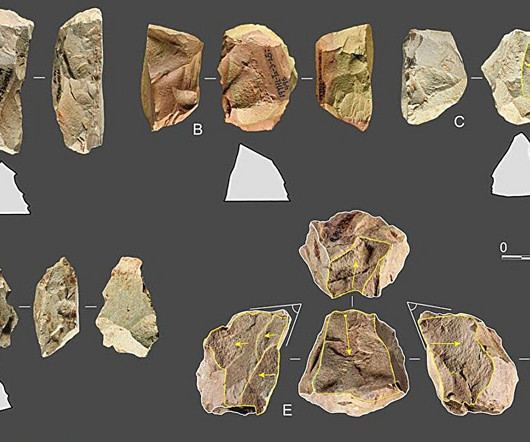
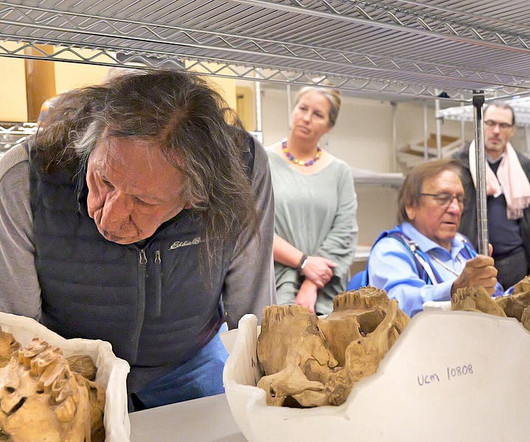



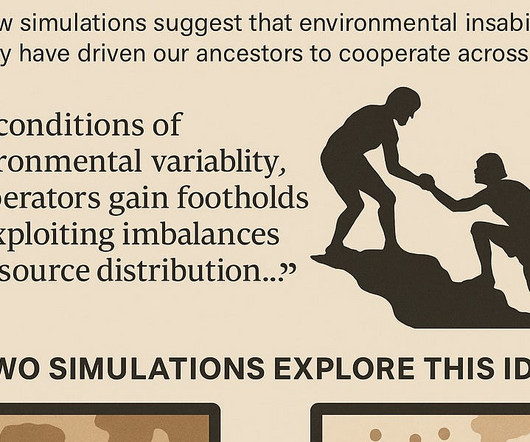
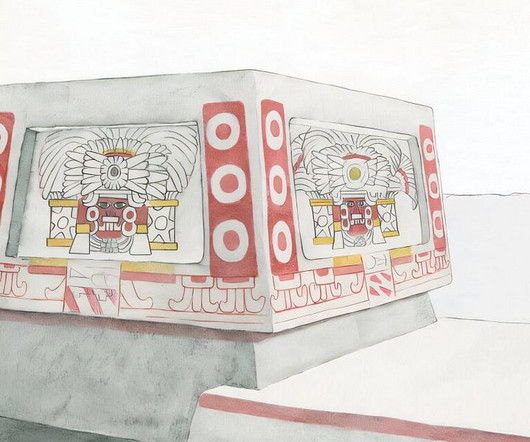
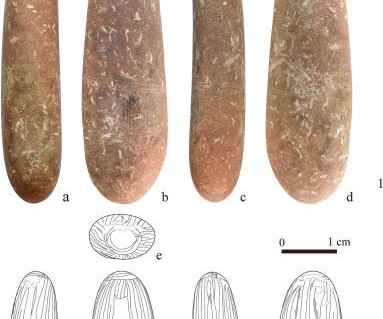
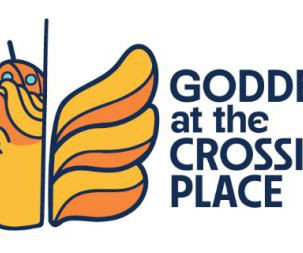







Let's personalize your content